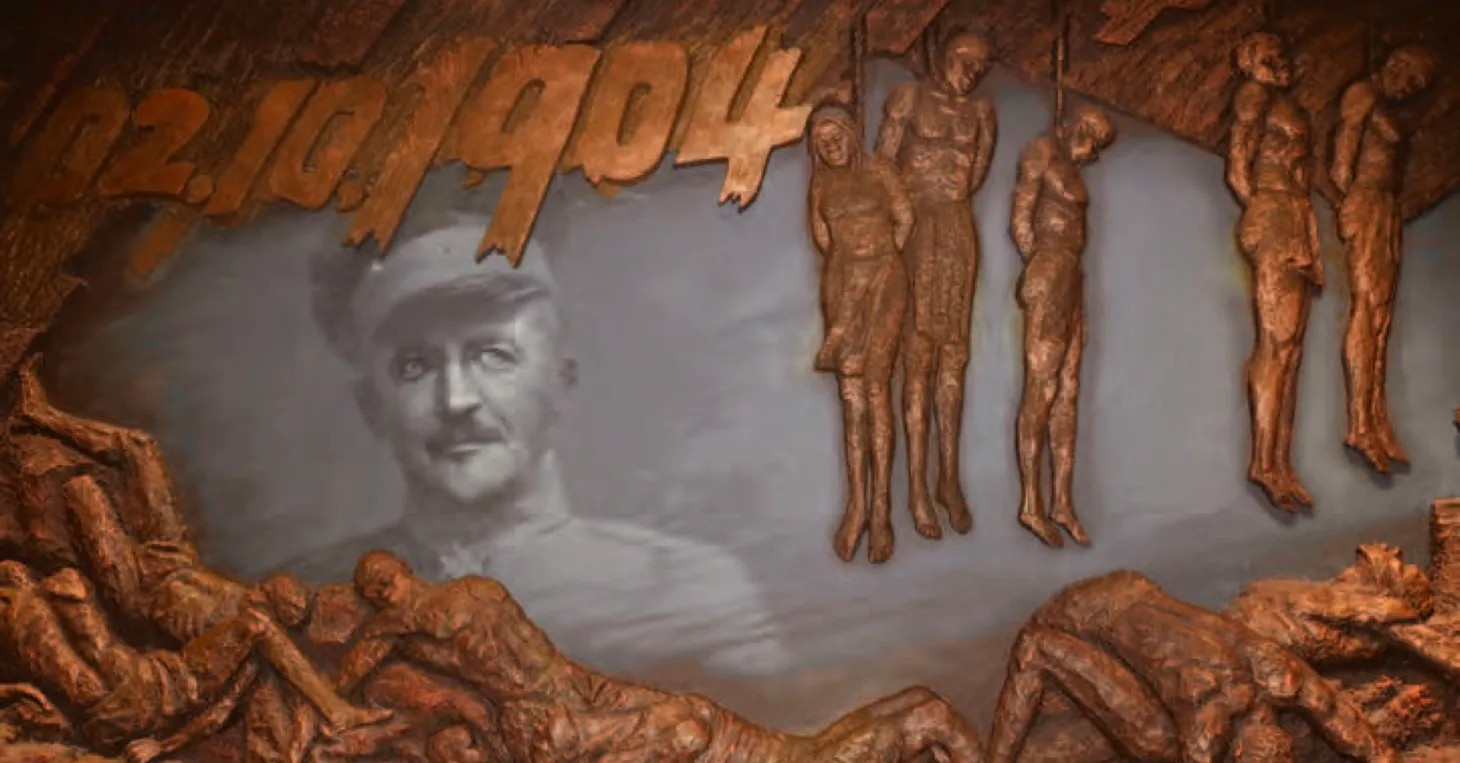“We Begged the White Men to Leave Us Alone”: Teaching Africa in the Era of New Imperialism, c.1880 - c.1840
A discussion of how to teach New Imperialism in Africa.

In my last post, I discussed how we could teach British-ruled Africa. I chose to focus on just the parts of Africa that the British colonized to avoid the tendency to treat Africa as a single place. I find that students struggle with understanding the size and diversity of Africa, and they tend to treat what happened in the British Gold Coast as no different from what happened in Portuguese Mozambique or French Senegal. One way I address this tendency is to hang a copy of this excellent map of Africa in my classroom. Before every lesson related to Africa, I reminded students of the importance of talking about regions of Africa and not treating Africa as if it were a single country.
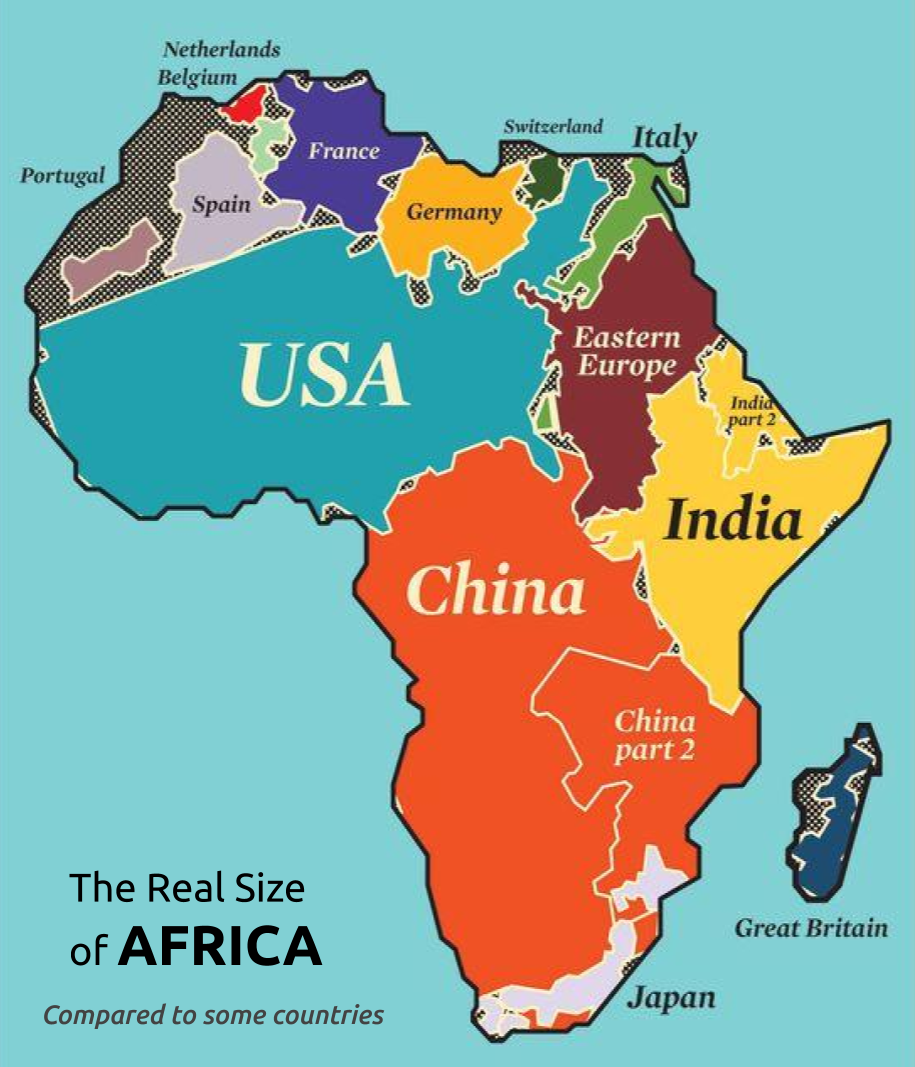
Given Africa’s size and diversity, it’s challenging to present a comprehensive overview of the European colonization of Africa even without discussing the British-ruled colonies. As I did when discussing New Imperialism in Southeast Asia, I intend to focus on a handful of case studies that can be used in the classroom. Each case study focuses on a different aspect of New Imperialism. I’ll also highlight some resources that can be used to help teachers center the voices and experiences of colonized Africans, so students can better understand how those Africans understood and responded to European imperialism.
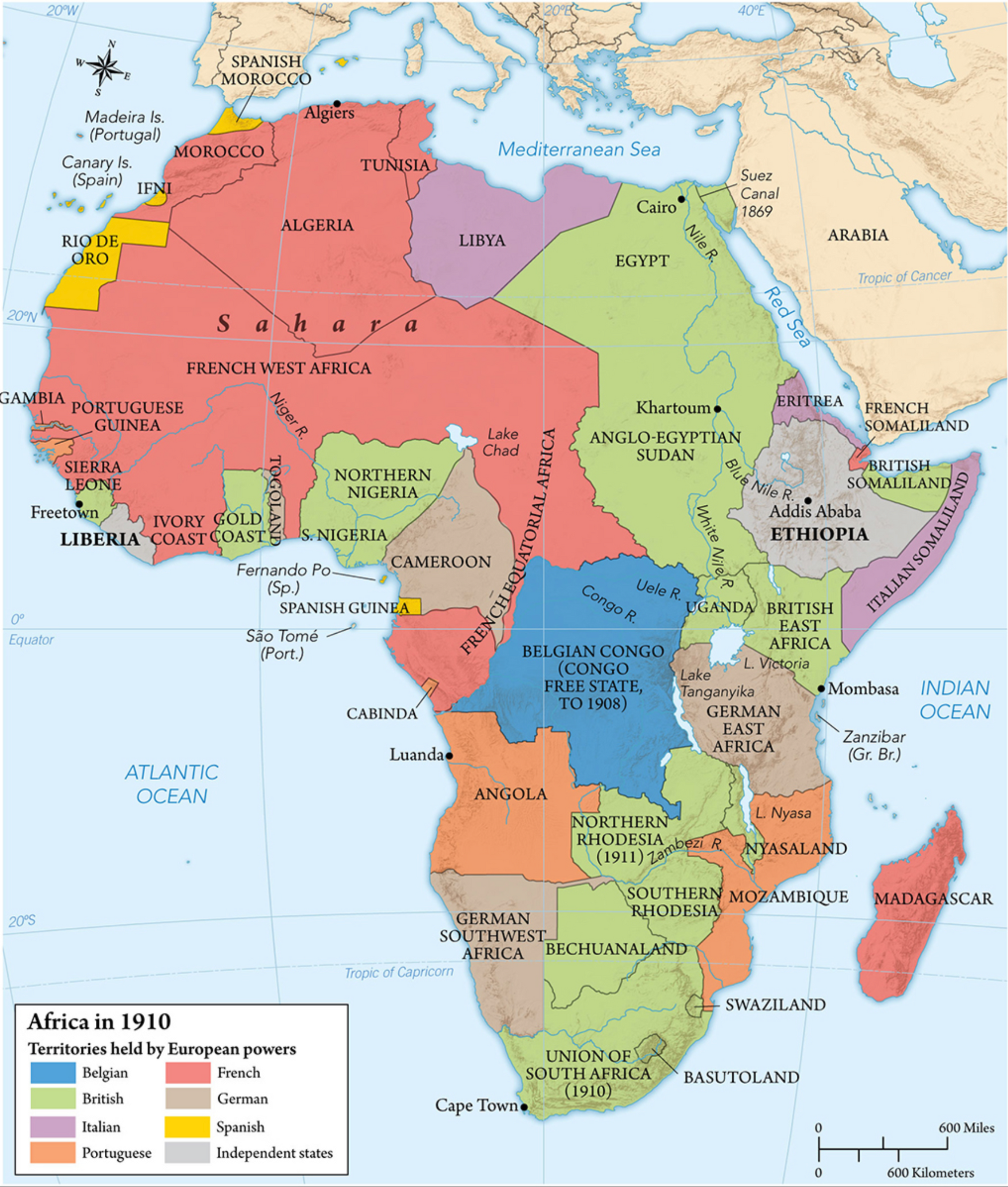
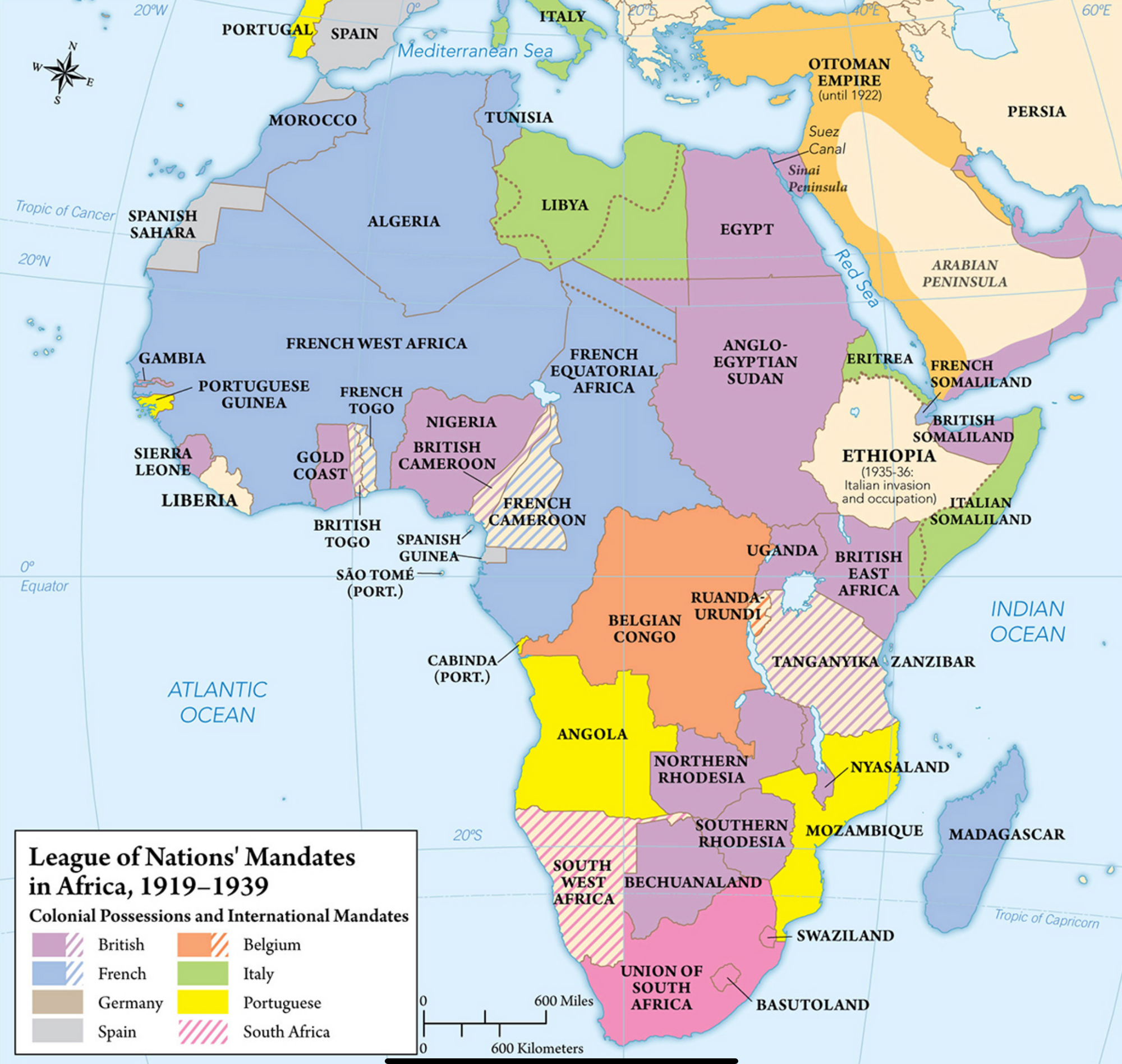
Colonial Resource Extraction and the Belgian Congo
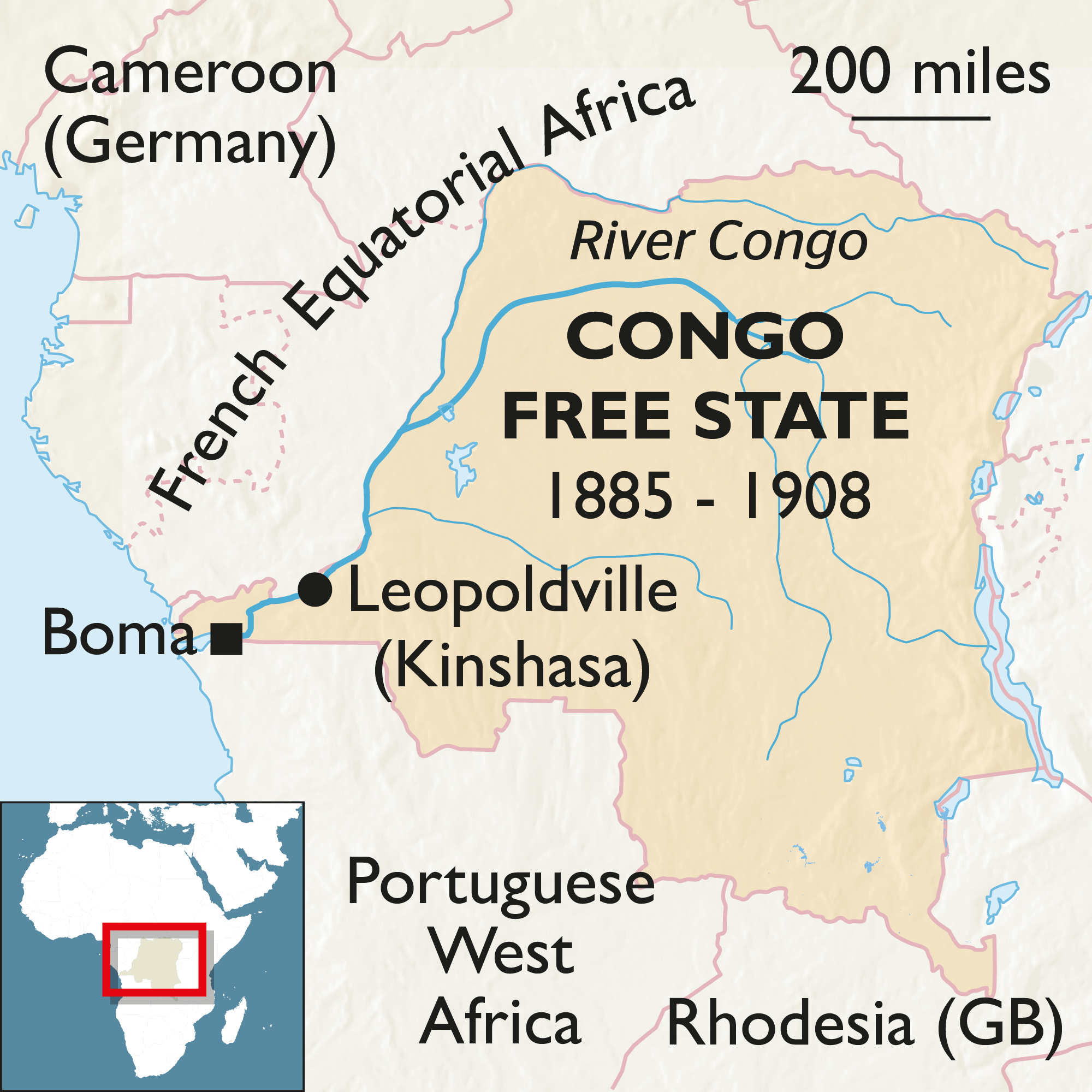
This content is for Paid Members
Unlock full access to Liberating Narratives and see the entire library of members-only content.
SubscribeAlready have an account? Log in


